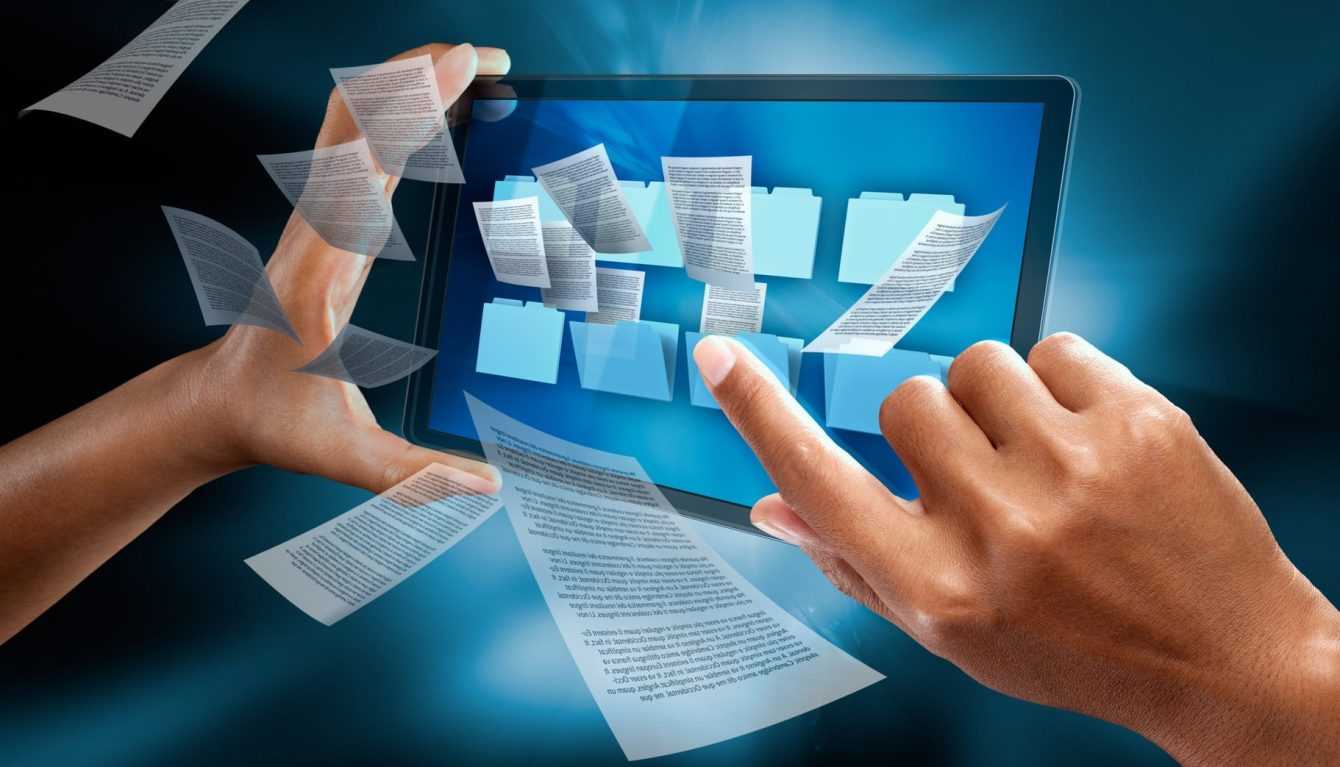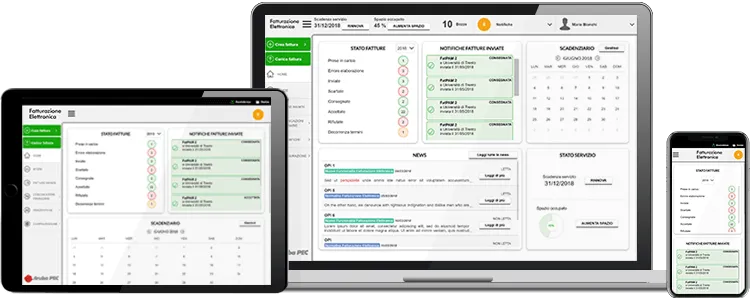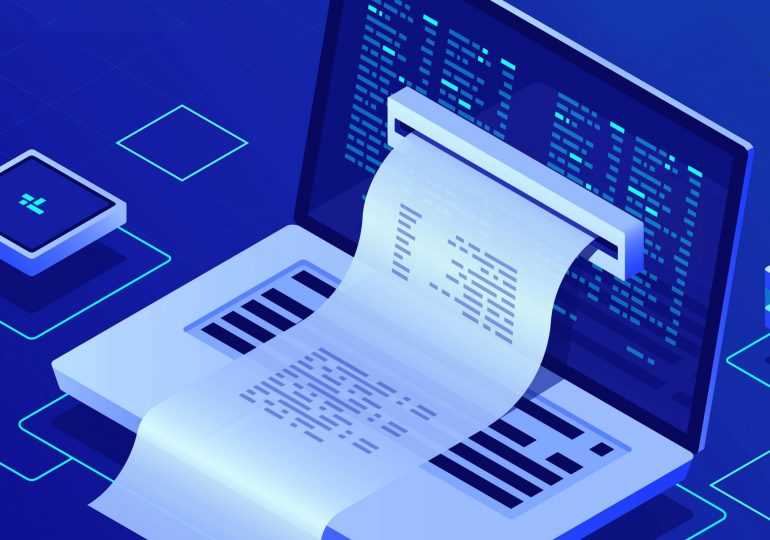To comply with the e-invoicing obligation we can rely on online tools without having to install various apps and programs on various devices
Electronic invoicing in Italy has become mandatory for many businesses from 1 January 2019. This new legislation, introduced by Legislative Decree 127/2015, aims to simplify the billing process, reduce bureaucracy and combat tax evasion. Electronic invoicing consists in issuing, transmitting and storing invoices in digital format, following a common standard defined by the Revenue Agency, the government body responsible for tax regulation in Italy. The format used is XML, which allows data to be structured and encoded in a uniform and readable way for both computers and humans.
Thanks to electronic invoicing, companies can send invoices directly to Interchange System (SDI) of the Revenue Agency, which takes care of forwarding them to the recipients. This process takes place in real time, ensuring the traceability of commercial transactions and preventing fraud fisscale. Furthermore, the use of electronic invoicing reduces the use of paper, contributing to environmental sustainability.
In addition to the advantages in terms of efficiency and the environment, however, there are also some critical points. Businesses are required to keep electronic invoices for at least ten years, guaranteeing their authenticity, integrity and legibility over time. Conservation can be carried out autonomously, using digital archiving systems compliant with the technical specifications defined by the Revenue Agency, or entrusted to accredited conservation service providers. Furthermore, the introduction of electronic invoicing has required companies to adapt to the new rules, with the need to acquire specific skills and implement suitable IT systems. Some companies had to invest in new technologies and software to comply with regulations. For many small and medium-sized businesses, however, it makes no sense to invest in digital archives or internal software, but it is much easier to rely on web invoices.

Electronic invoicing on the web
Online platforms for electronic invoicing are really very useful and powerful tools. First of all you can have access to your billing data from any device, be it a PC or a smartphone. All you have to do is connect to the site and authenticate with your account.
In addition, the online platforms take care of managing many aspects related to administrative management for you, such as sending invoices to the Revenue Agency or receiving invoices from suppliers. But they can go even further. Many e-invoicing web portals are gods real management software which allow you to manage the warehouse and deposits, keep track of the due dates of debits and credits with the generation and archiving of the respective bills. Even if you need to make estimates, you can do it quickly and easily.
E-invoicing for flat rates can be a pain because it requires time, resources and expertise. But through web platforms everything becomes much easier. And the investment required is very often a few euros each month!

Conclusions
The electronic invoicing requirement has certainly resulted a bit of a bad mood pThis makes the transition not exactly easy, especially for small businesses and professionals. Online platforms for electronic invoicing are convenient and powerful solutions, allowing access to billing data from any device and simplifying administrative management. These platforms also offer additional features such as inventory management, debit and credit tracking, and the generation of estimates. In conclusion, electronic invoicing via web platforms proves to be an efficient and convenient solution for businesses, with a very low investment. That’s all from the web and social section, keep following us!















Leave a Reply
View Comments